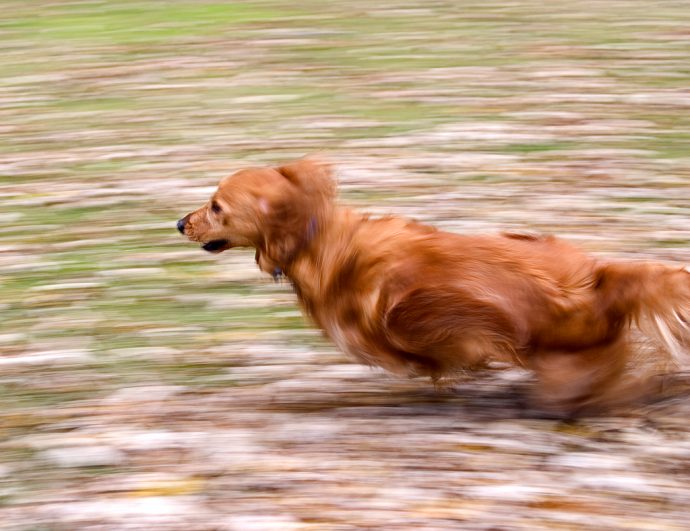In our previous PhotoTips discussion introduced you to the concept of light as it pertains to photography. As one of the two main ingredients of the photographic equation, light alone is useless in the endeavor of image creating without its partner in science, TIME. Remember the equation:
LIGHT + TIME + MEDIUM = PHOTO
While light is born of, and remains a scientific discipline, Time has transcended science, and has been given a manmade set of everyday, useful parameters. When we tell one another that we’ll meet at 2pm, or call back in 10 minutes, we are using terms that were manufactured to measure a linear progression. As a mere mortal, I’ve studied the science of time based on Albert Einstein’s theory of relativity. And after not understanding it at all, I’ve settled on the Wikipedia definition of time:
“Time is the indefinite continued progress of existence and events that occur in an apparently irreversible succession from the past, through the present, into the future.”
For our purposes, we’ll forget about the scientific abstract notion of time and focus on the measurements we’ve all grown up with, except on a smaller scale.
STAGGERING PHOTO FACTS
When we talk about photographic time, we are mainly talking about fractions of a second. And I DO mean fractions. What is the average fraction, the average speed of a photo taken? To look at that, let’s take a big step back and look at a series of jaw-dropping statistics first.
Can you guess how many photos are taken every year, worldwide? I’ll give you a minute.
What did you guess? 500,000? 1 million? 10 million?
How about 1.4 TRILLION. That’s according to a leading digital imaging firm, Keypoint Intelligence. That’s 3.9 billion photos taken EVERY DAY. That’s 162 million photos taken every hour; 2,7 million photos taken every minute; 45,138 photos taken every second!
WHAT IS PHOTO TIME
Back to the average fraction. Of the 2.7 million photos that have been taken since you started reading this article, the overwhelming majority of those photos were taken at a speed of roughly 1/200th of a second.
1/200th of a second!
OK – deep breath. I promise it gets fun and pretty darn cool. Until then, here’s a photo of a dog to cleanse your palette of all the numbers and cognitive workout:
You like? That’s my dog Alex, long gone, but never forgotten. Like all four year old golden retrievers, he had a case of the “zoomies” four or five times every day. I took this photo in November of 2005, posted it to the photo sharing site Flickr, and a month later, they made this photo the welcome image for the entire site for over six months.
Why would Flickr choose a dog photo for that prestigious placement? Take another look at the image. What are its distinguishing features? A dog. Autumn leaves. Anything else?
Yes. There is something else. I think you see it, even if you can’t immediately say what it is:
MOTION. Captured in a crisp, clean, focused image.
And what is motion? It is a function of, that’s right, you heard right: TIME. And here we go – lift off. This is how time can be related in images.
THE EMERGENCE OF VARIABLE TIME
Remember back about 30 seconds ago, just above the photo of Alex, where we talked about the average amount of time for a photo? Are you now asking yourself why there might be an “average” time for an individual photo? Can there be different times for a photo? Is it possible to take a photo at a speed different from 1/200th of a second?
The answer is YES.
And it’s all because of an ingenious little bit of magic that is the main instrument of photography: the shutter.
Simply put, the shutter is the curtain that allows light onto your sensor (you remember the sensor, yes?). But unlike the curtains in your house that you open in the morning and shut in the evening, the shutter opens and closes in fractions of a second. That 1/200th of a second that we’ve been talking about is made possible by the shutter. If you could open and shut your living room curtain in 1/200th of a second, you’d be doing the exact same thing as the shutter in your camera!
OK… there have been so many numbers, and enough conceptual information here to hopefully satisfy your photographic curiosity for another few weeks.
Next time, in PhotoTips 7, we’re going to go deeper into the shutter, and photographic time. Until then, here’s hoping your autumn is warm and safe, your families are healthy and ready for a unique Thanksgiving.
































